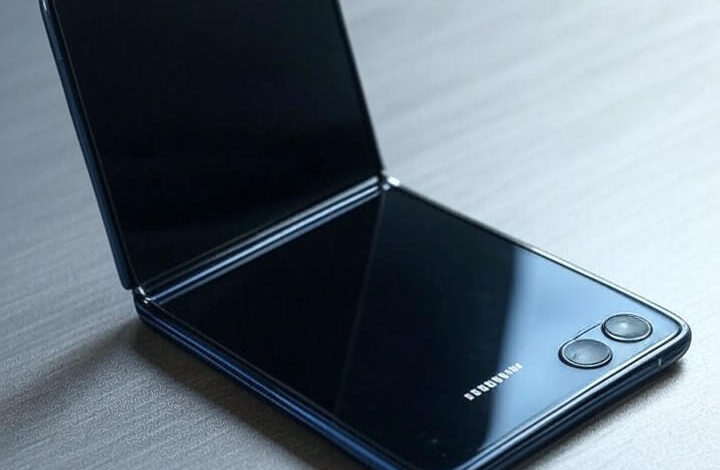Samsung Unveils Custom 2nm Snapdragon for Galaxy Z Flip 8

URGENT UPDATE: Samsung Electronics Co. is set to revolutionize the foldable smartphone market with a custom-built Snapdragon 8 Gen 5 chipset for its upcoming Galaxy Z Flip 8, utilizing a groundbreaking 2nm fabrication process. This announcement signifies a major leap forward in semiconductor technology as Samsung aims to enhance performance and efficiency in high-demand mobile devices.
According to Android Central, the South Korean tech giant has already shipped samples of the advanced chip to Qualcomm for testing, signaling an expedited timeline for integration into consumer products. This collaboration not only strengthens their partnership but also positions Samsung as a formidable player in the global semiconductor arena, challenging industry leaders like TSMC.
The implications of this custom chip are significant. Analysts predict it will boost energy efficiency, potentially extending battery life in the Galaxy Z Flip 8 while enabling cutting-edge features such as AI-driven photography and seamless multitasking. The innovative 2nm process allows for denser component packing, resulting in faster processing speeds and reduced power consumption—key attributes for compact devices like the Z Flip series.
This strategic move comes amid fierce competition in the foldable smartphone sector, where performance is critical. The anticipated launch of the Galaxy Z Flip 8, expected in 2026, could provide Samsung with a notable edge over rivals such as Google and Motorola, particularly in the flip-style segment.
Sources emphasize that this initiative reflects a broader industry trend toward vertical integration, as device manufacturers seek greater control over their supply chains. By creating its own Snapdragon variant, Samsung can mitigate risks associated with external dependencies and tailor hardware specifically for its software ecosystem—including the optimized One UI interface for foldable devices.
However, challenges remain. The 2nm production process is notoriously difficult, and Samsung’s foundry division has faced scrutiny for lagging behind TSMC in technological advancements. Despite this, recent investments signal a determined effort to close the gap and improve yield rates.
If successful, this collaboration could set a new standard for future partnerships, influencing how other manufacturers approach chipset customization. For Qualcomm, aligning with Samsung’s fabrication capabilities could widen its influence in emerging markets where cost-effective, high-performance chips are increasingly sought after.
The adoption of this next-gen Snapdragon variant in the Galaxy Z Flip 8 could redefine expectations for foldable devices, blending cutting-edge hardware with sleek design. As Samsung continues to enhance its semiconductor expertise, the effects may extend beyond smartphones, influencing the development of wearables and other connected devices in the coming years.
Stay tuned for more updates as this story develops, and share this with fellow tech enthusiasts eager to learn about the future of foldable technology!






